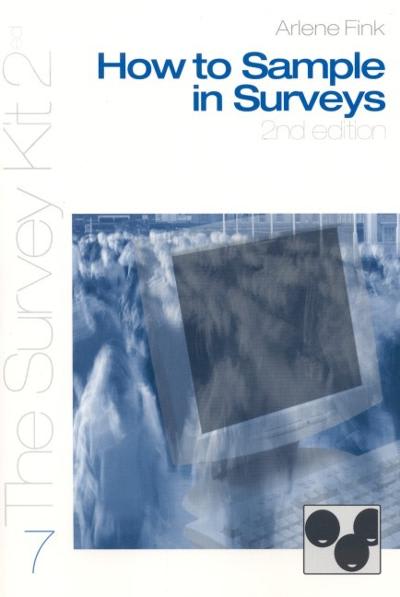Question
DEVELOPING A RESEARCH FRAMEWORK TEMPLATE Background of the Problem Use only primary scholarly sources for this section published within five years. Problem Statement Only primary
DEVELOPING A RESEARCH FRAMEWORK TEMPLATE
Background of the Problem
Use only primary scholarly sources for
this section published within five years.
Problem Statement
Only primary scholarly sources published within 5
years may be used in this section. The first sentence must begin with, "The general
problem to be addressed is...", and include consequences that arise from the problem, "...
"The specific problem to be addressed is the
potential... possibly resulting in...". The specific problem sentence must be a narrowly
Purpose Statement
The purpose statement clearly describes the intent/focus of the study. Simply put,
the purpose of the study is to extend the current body of knowledge to a specific context
identified in the general and specific problems through answering the research questions.
The research project will essentially fill a gap where knowledge is missing.
words and should include the specific design of study being conducted. The purpose
statement should include descriptive words such as explore or understand for qualitative
The purpose statement must begin with, "The purpose of this Design - Method is to...".
Research Questions
RQ1.
RQ2.
RQ3.
Discuss how taken together they completely address the specific problem being studied.
Discussion of Population/Sample
Describe the population of eligible participants. Discuss both the primary and
secondary population being studied.
Leading Theory
The formal theory should be found in the peer-reviewed literature and are central
to the research problem. After researching the literature, describe how the theory is
related to the specific problem using peer-reviewed scholarly sources.
Research Approach/Design/Method
Identify your chosen approach, design, and method and provide a rationale for
why it is the most appropriate design to address the problem statement. (e.g.,
quantitative/correlational/survey methodology for a multiple regression analysis;
qualitative single case study utilizing semi-structured interviews and observation; mixed
methods utilizing a quantitative survey data and case study semi-structured interviews for
deep contextual data.)
Constructs (qualitative studies)/Variables (quantitative study)
The constructs (qualitative research) should be discovered through researching
peer-reviewed literature regarding your specific problem. After reviewing the literature,
describe how the construct is related to the specific problem using peer-reviewed
scholarly sources. Identify research variables (quantitative research) and describe how
they are related to the specific problem. Include the type for each variable (independent,
dependent, mitigating).
Assumptions
Assumptions carry risk and the potential risk of each assumption to the study
should be identified and supported by citations.
Limitations
Leading Theory
The formal theory should be found in the peer-reviewed literature and are central
to the research problem. After researching the literature, describe how the theory is
related to the specific problem using peer-reviewed scholarly sources.
Research Approach/Design/Method
Identify your chosen approach, design, and method and provide a rationale for
why it is the most appropriate design to address the problem statement. (e.g.,
quantitative/correlational/survey methodology for a multiple regression analysis;
qualitative single case study utilizing semi-structured interviews and observation; mixed
methods utilizing a quantitative survey data and case study semi-structured interviews for
deep contextual data.)
Constructs (qualitative studies)/Variables (quantitative study)
The constructs (qualitative research) should be discovered through researching
peer-reviewed literature regarding your specific problem. After reviewing the literature,
describe how the construct is related to the specific problem using peer-reviewed
scholarly sources. Identify research variables (quantitative research) and describe how
they are related to the specific problem. Include the type for each variable (independent,
dependent, mitigating).
Assumptions
Assumptions carry risk and the potential risk of each assumption to the study
should be identified and supported by citations.
Limitations
Limitations also carry risk and the potential risk of each limitation to the study
should be identified and supported by citations.
Summary
Provide a summary paragraph highlighting key information in this section.
Step by Step Solution
There are 3 Steps involved in it
Step: 1

Get Instant Access to Expert-Tailored Solutions
See step-by-step solutions with expert insights and AI powered tools for academic success
Step: 2

Step: 3

Ace Your Homework with AI
Get the answers you need in no time with our AI-driven, step-by-step assistance
Get Started


